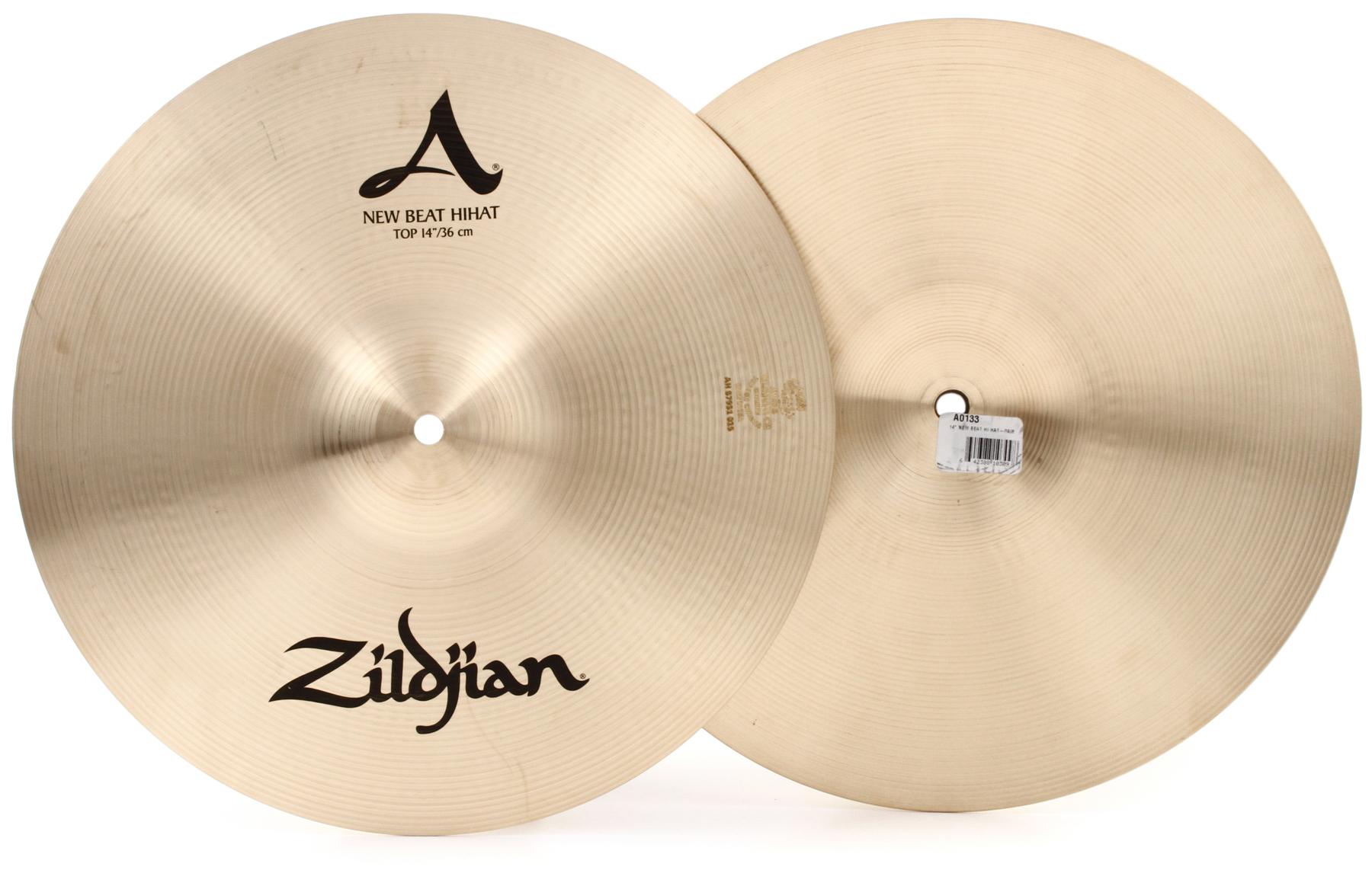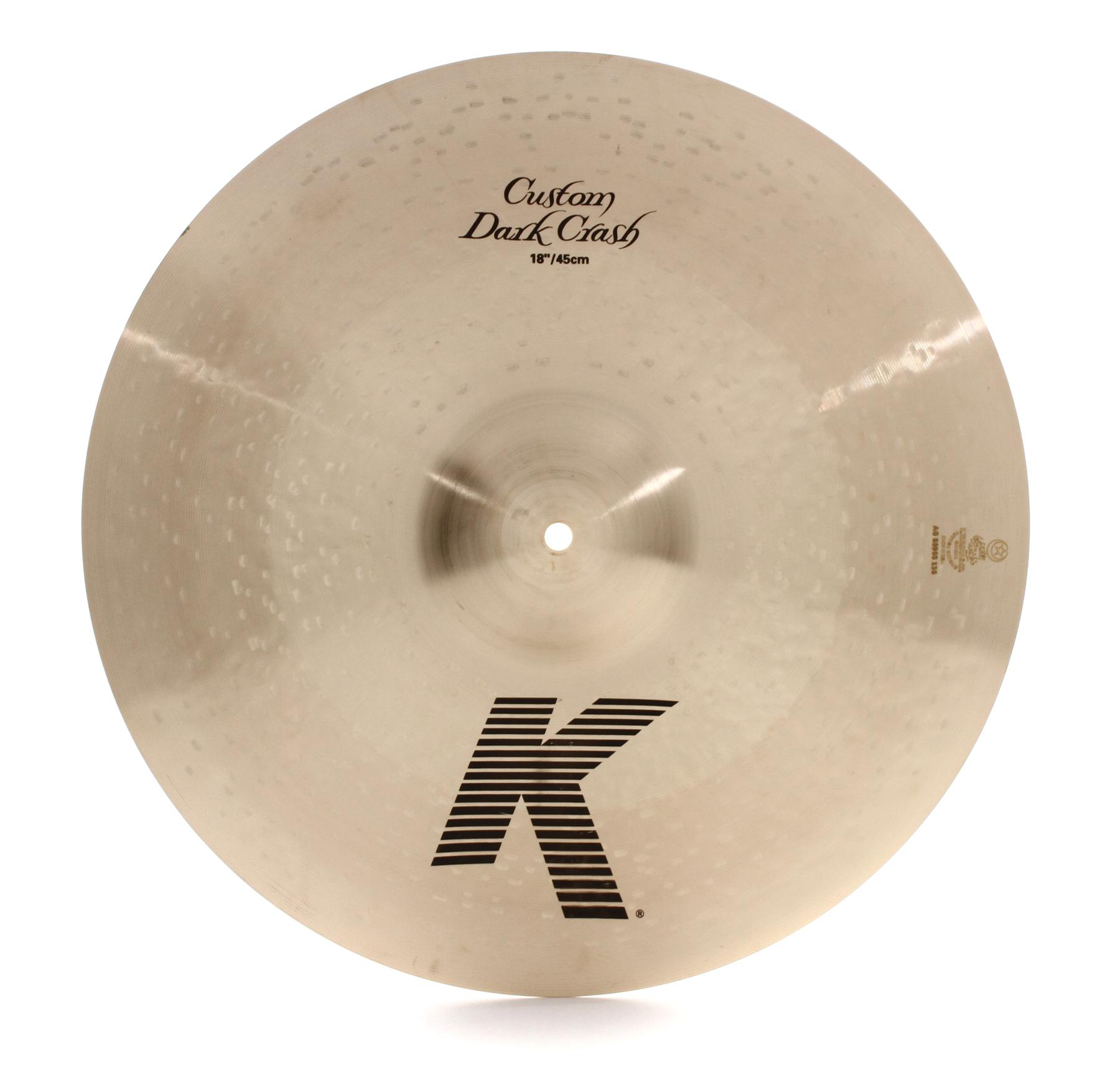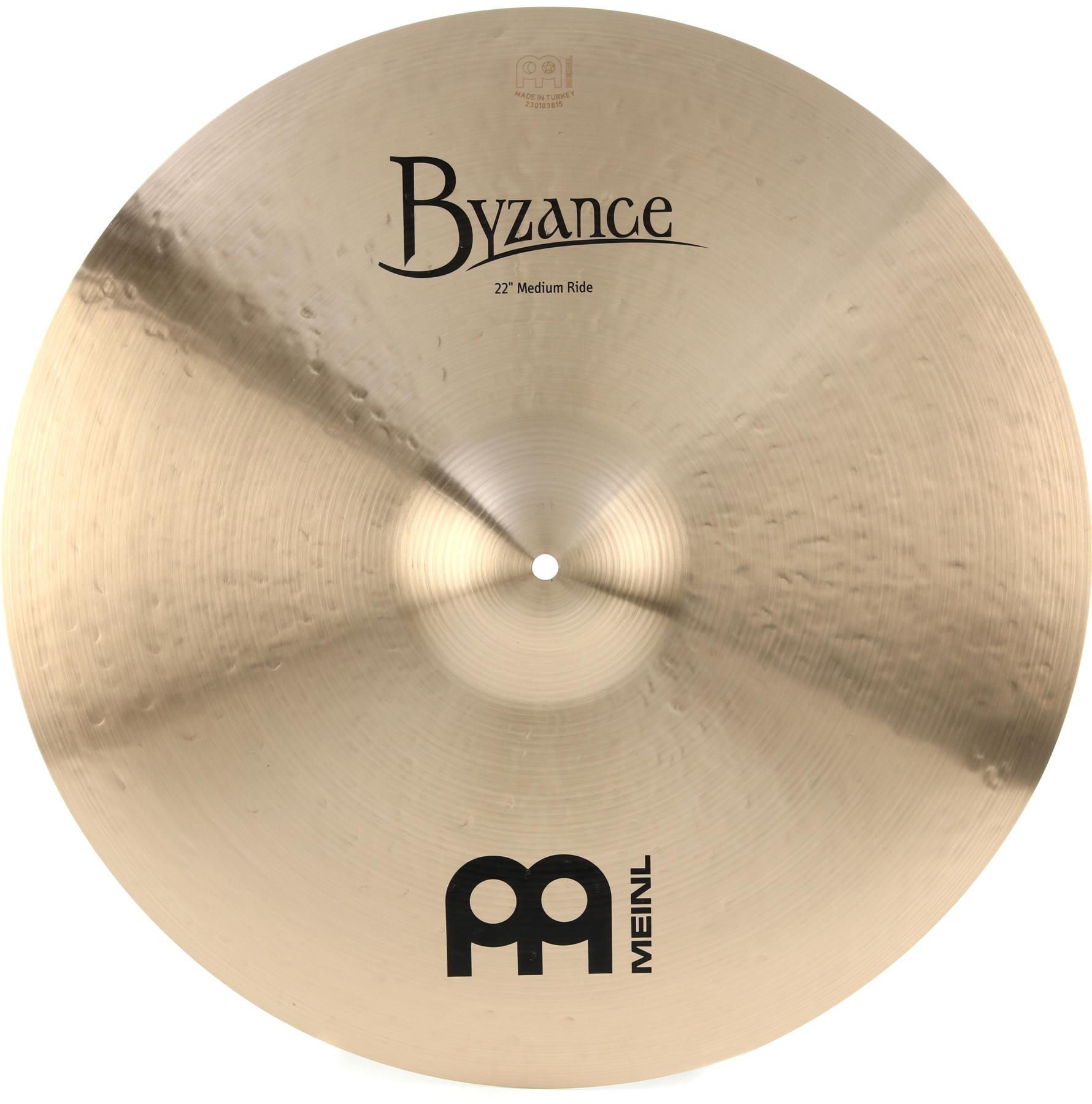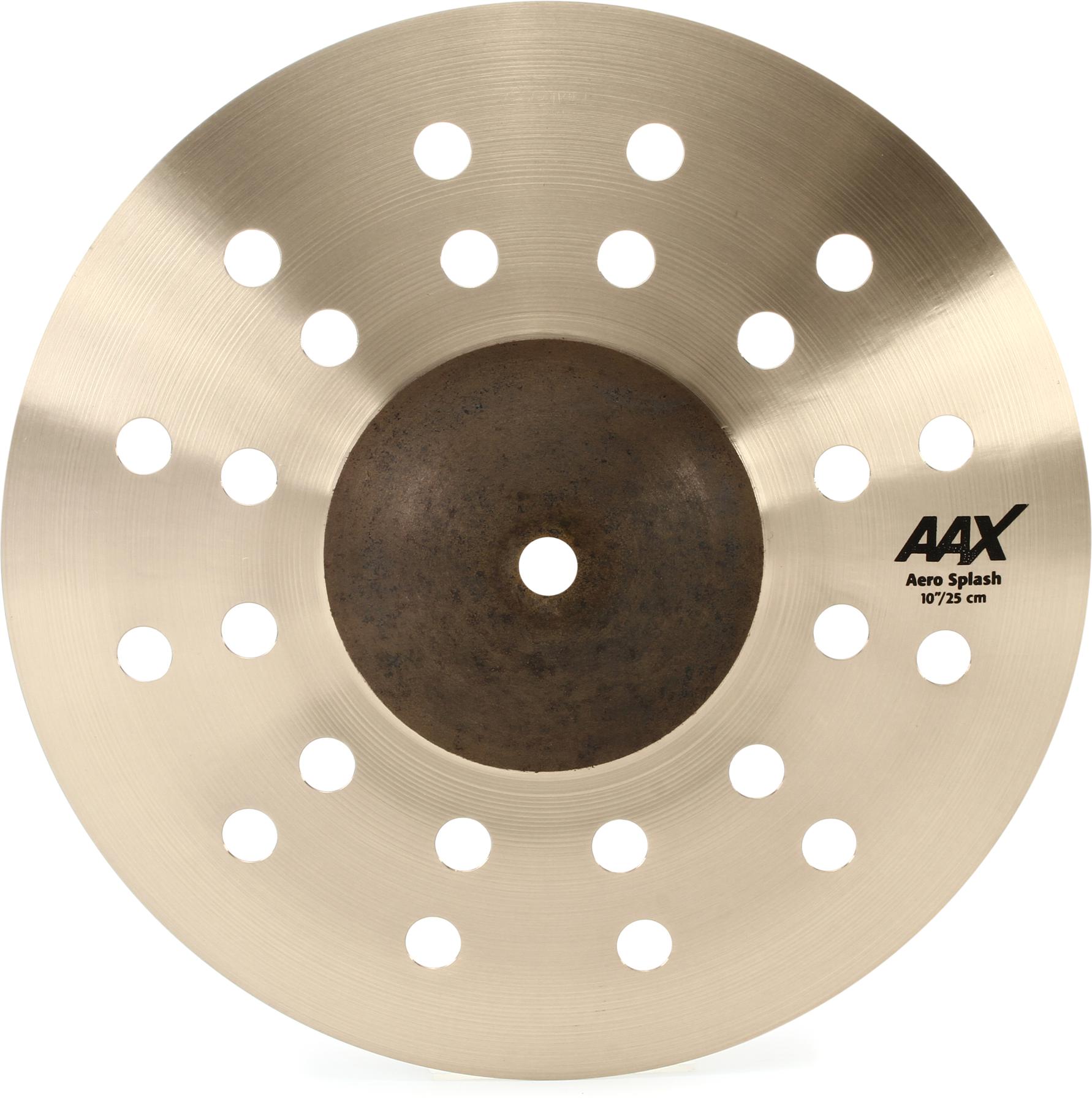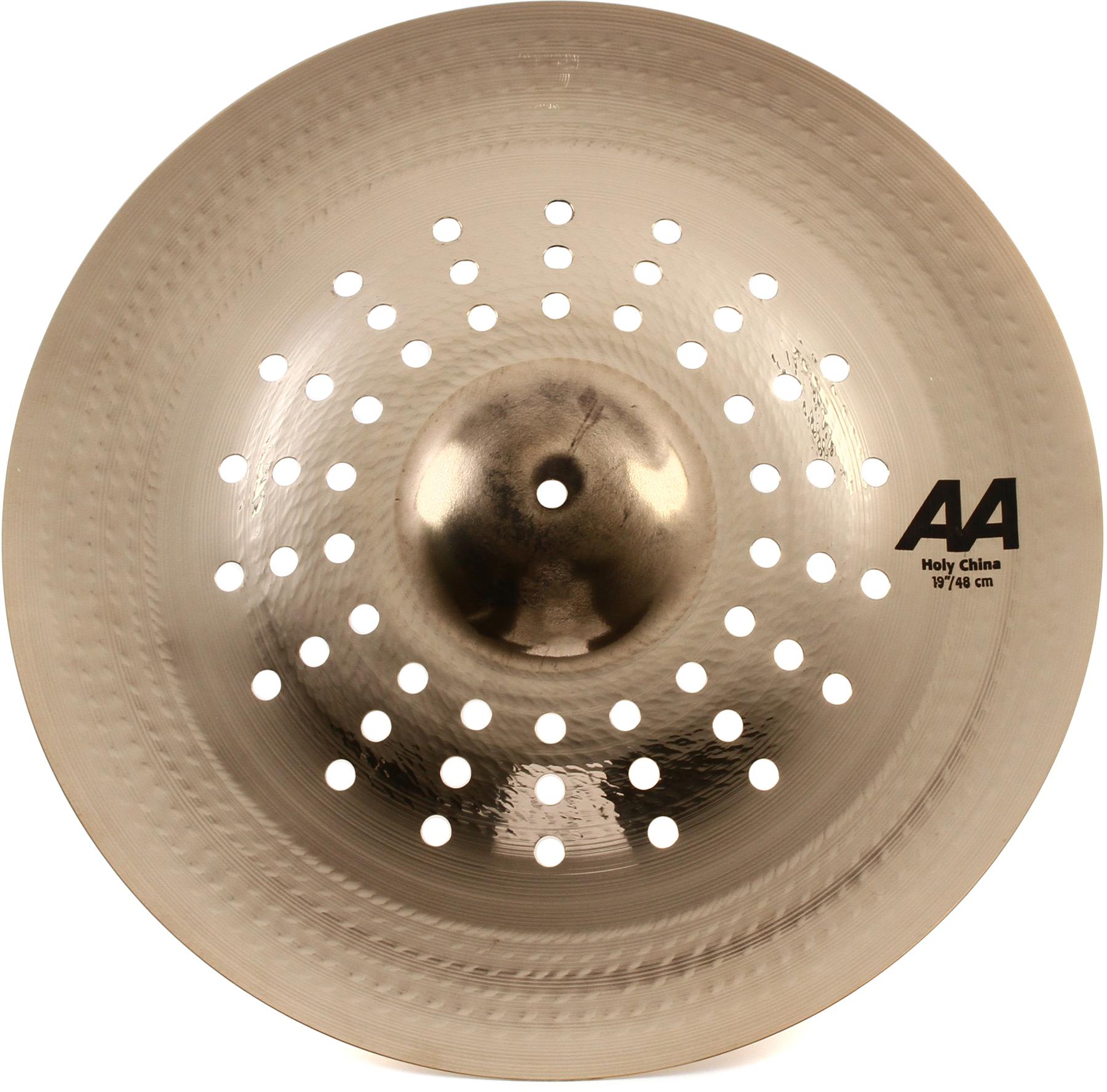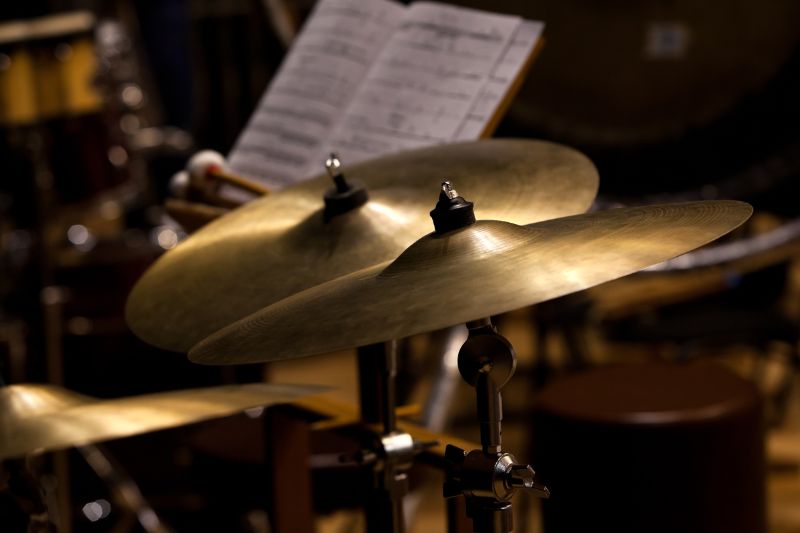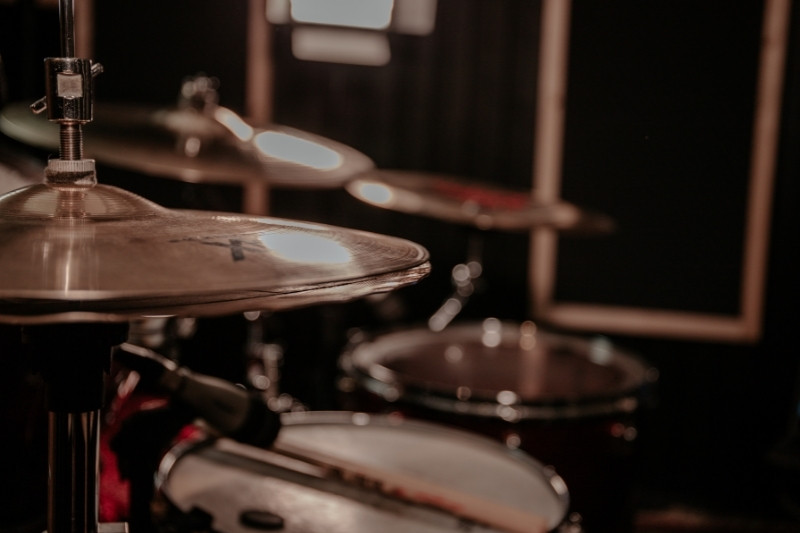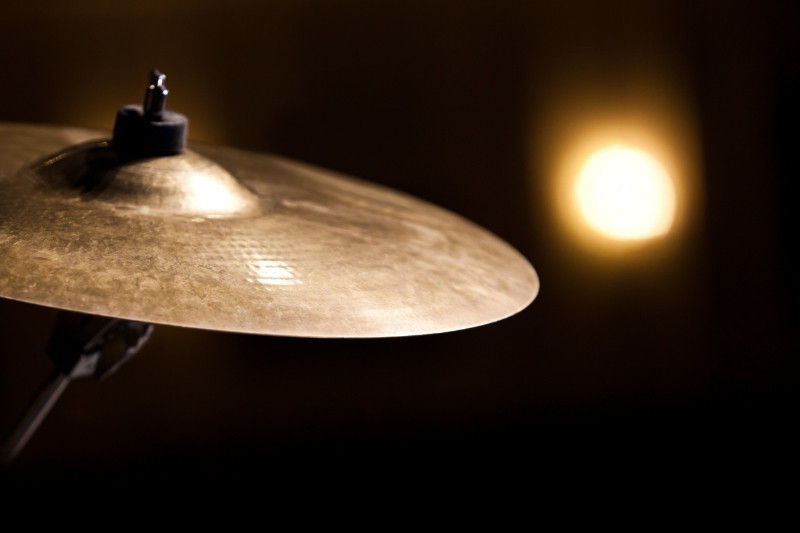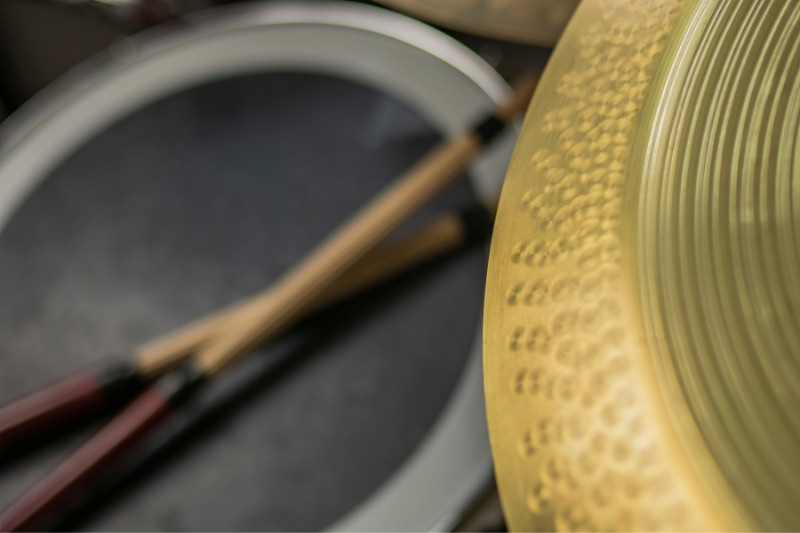What Size Cymbals Should I Get?
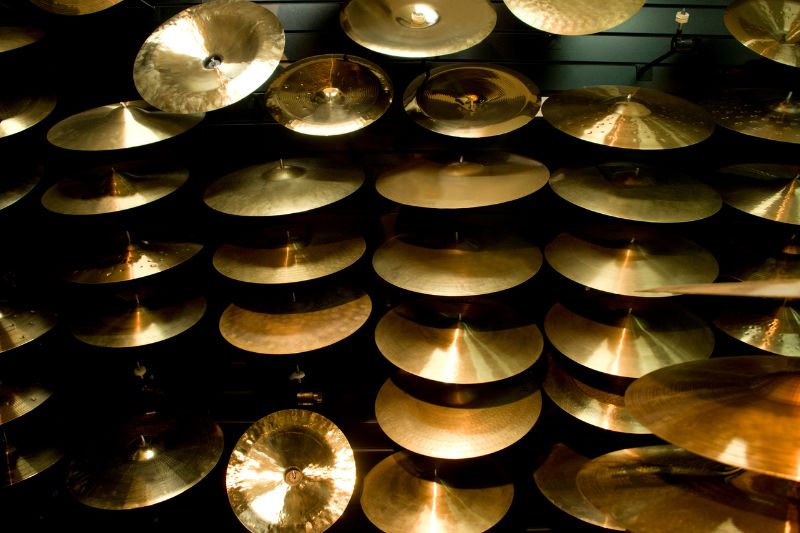
Cymbals come in many different sizes and forms. Choosing the right ones is a tough decision. The most popular cymbal sizes are 14”, 16”, and 18”, and in order to pick what works the best for you, you have to try or at least hear the differences between different cymbals.
When you’re a beginner drummer, choosing the right cymbals might seem impossible. There is a lot to choose from, with a plethora of brands, models, sizes, sounds, and weights. I will talk about the different sizes for each type of cymbal to help you better understand the sounds and feel of different cymbals so you can make a better decision when purchasing one for yourself.
Contents
Hi-Hat Cymbals
There are two popular sizes for hi-hats, which are 14” and 15”. Typically, smaller hi-hats provide bright tones, while larger ones are darker and warmer. Even though much of the sound depends a lot on the finish and hammering, size and weight also play a big role.
For “overall” use, most drummers prefer the 14” as they are the more popular option. They are a tad quicker and more precise than the 15” hi-hats. However, 15” hi-hats provide a lot more tone and warmth to the sound you just can’t get with a smaller-sized hi-hat.
Crash Cymbals
Crash cymbals are probably the ones you will wonder about the most. Typically they range from 16” to 20”, but some manufacturers take this further, so there are also 14” and 22” options. However, the most popular ones are 16”, 18” and 20”.
Getting an 18” crash cymbal is probably the best of both worlds and a good balance between attack and sustain of a cymbal.
Larger cymbals, such as a 20” crash cymbal, tend to take their time to reach their sound peak. They are also much louder than smaller-sized cymbals and have longer sustain.
The smaller cymbals, such as a 16” crash cymbal, have a much faster response than some larger ones. Where subsequent articulations of larger cymbals cause them to “wash out”, 16” crash cymbals don’t have this problem and are great for subsequent articulations.
Ride Cymbals
The most common size for a ride cymbal is 20”, but they typically range from 18” all the way to 22”. The ride will probably be your biggest cymbal on the set, and you need to understand the differences between the smaller-sized and the larger ride cymbals.
Ride cymbals are used to play patterns or rhythms, and good articulation is very important when it comes to playing different patterns. Generally, larger ride cymbals have better articulation and are louder than their smaller counterparts.
However, with the ride cymbal being what it is, you don’t use it in only one manner. Unlike crash or hi-hat cymbals, with the ride cymbal, you can produce many different sounds, and the best size for you will most likely depend on the style and genre that you play.
Effect Cymbals
The most common effect cymbals are splash cymbals and china cymbals. Depending on the effect cymbal that you want, these can only add up to the variety of the sounds of your drums.
Splash cymbals are very small, thin cymbals and serve the purpose of enhancing your fills and patterns. They have very quick decay and very fast attack. The size for splash cymbals ranges from 8” all the way to 12”.
On the other hand, China cymbals are uniquely designed with very interesting sounds. Mostly used in rock, metal, jazz fusion, and Latin music, china cymbals add up to the variety making the drums sound more interesting. They are also the cymbal type with the biggest size range, ranging from 8” (what we call mini-chinas) to 22” (what we call monster chinas).
How Does Cymbal Size Affect The Sound?
There is a general rule that larger cymbals have longer sustain, higher volumes, and slower response. The opposite is true for the smaller-sized cymbals, which are very fast, have a quick attack, have a higher pitch, and are more likely to have a brighter tone.
A general rule of thumb for beginners to remember is that a bigger cymbal equals a bigger sound, and a smaller cymbal equals a faster sound.
What Types of Cymbals Should a Drummer Have?
Every drummer has a different opinion on the general cymbal setup. But, one universal opinion for bare-bones set-up is that a drummer must have a hi-hat, crash, and a ride cymbal. Most often, the fourth cymbal to add to the set is another, bigger crash cymbal. Other than that, it all depends on the drummer, the style, and the genre of music that he or she is playing.
Conclusion
There are many important things to look for when you are buying cymbals or cymbal sets. Among other things, size is a very important thing to choose correctly. Explaining the different sounds of different sizes can be easily written or spoken, but, hearing the actual cymbal will get you much closer to the answer.

